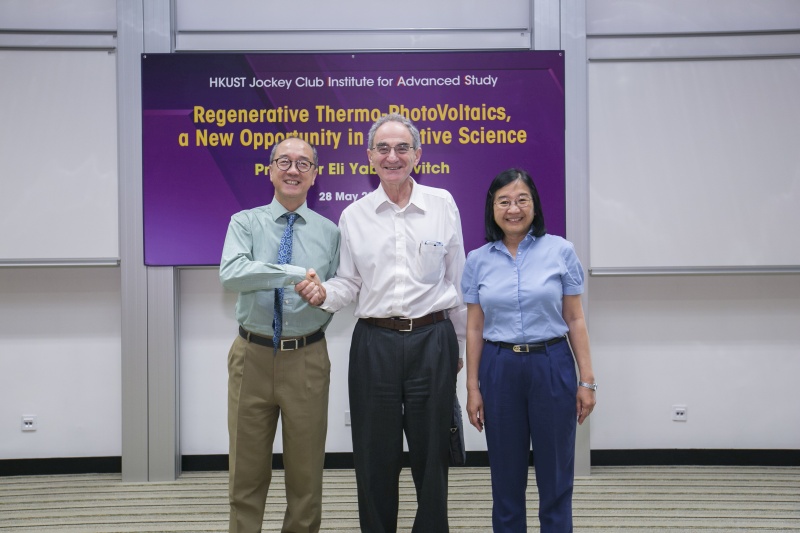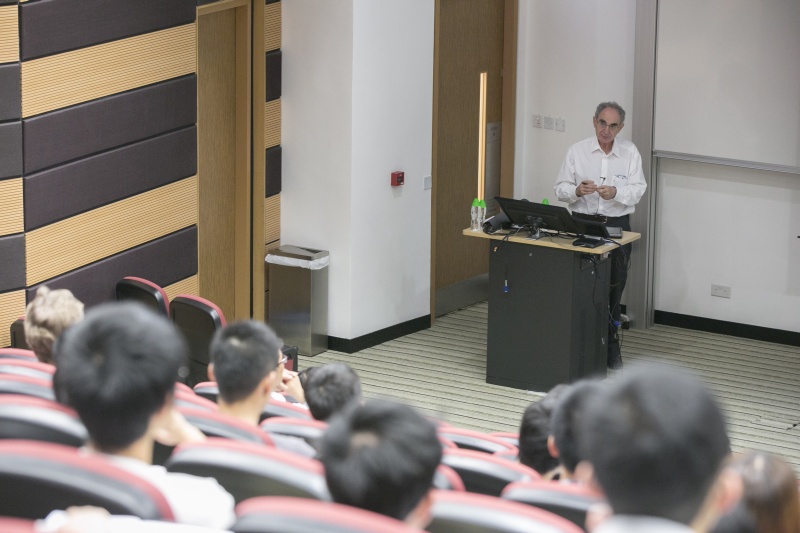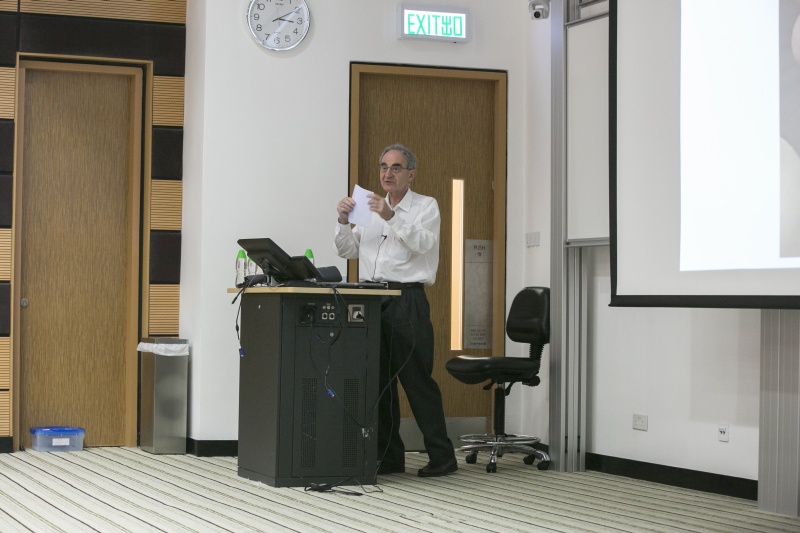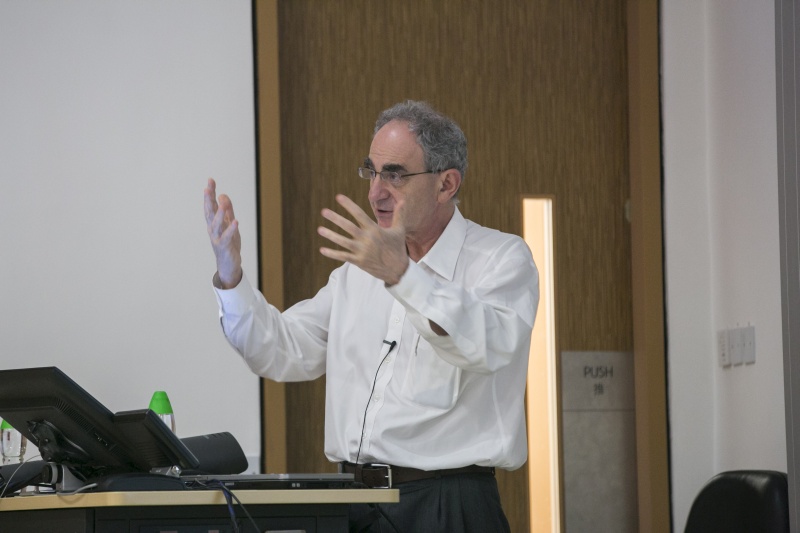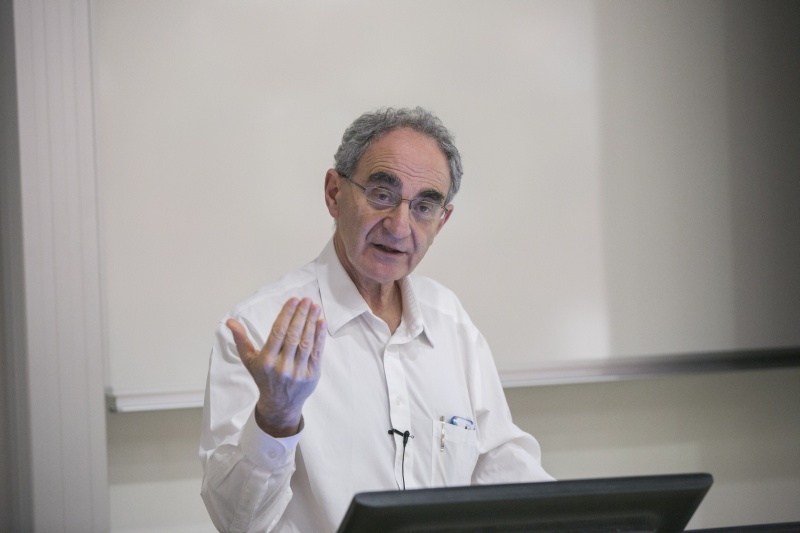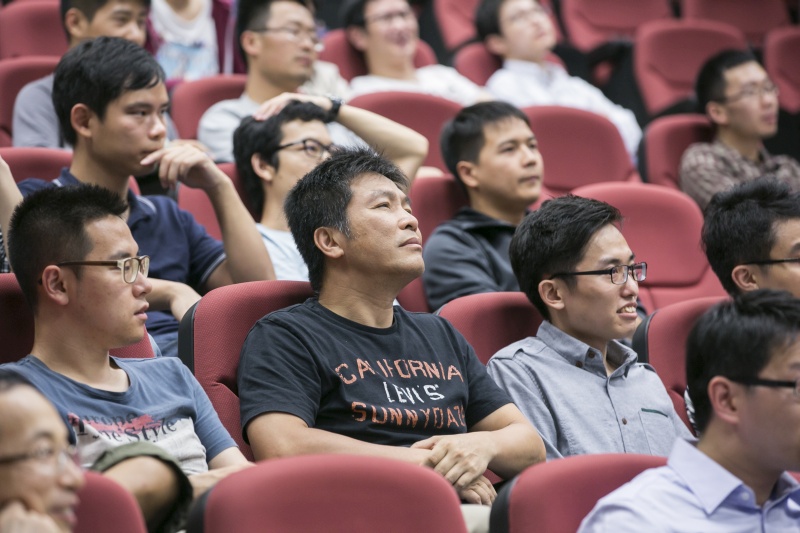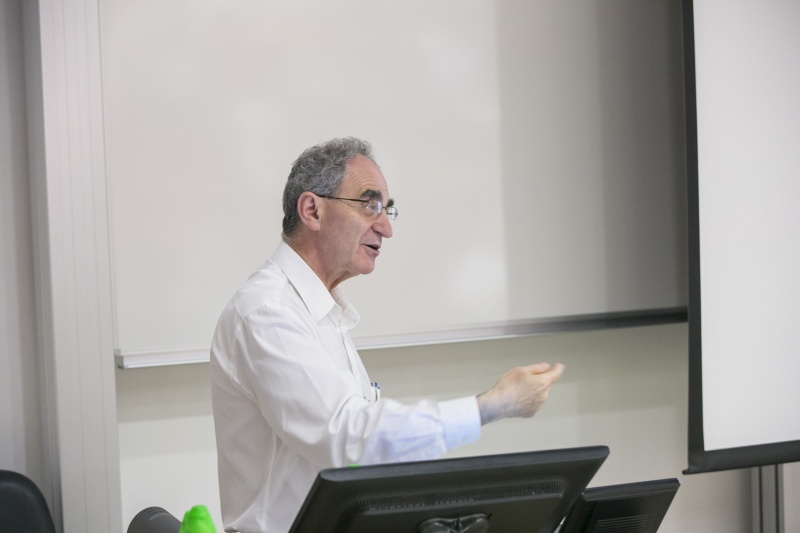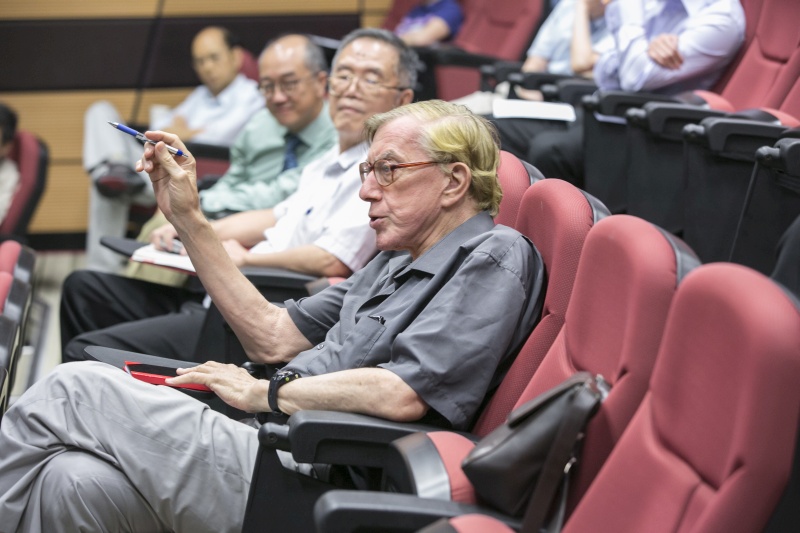Regenerative Thermo-PhotoVoltaics, a New Opportunity in Radiative Science
Abstract
Recent breakthroughs in the understanding of solar cells have led to new record efficiencies. Like all new scientific developments, there are repercussions that extend into new and unexpected areas. Serendipitously, the need for high internal reflectivity in the record-breaking solar cells solves a 50-year-old-impasse that had prevented progress in thermo-photovoltaics. In thermo-photovoltaics, heat radiation is converted directly into electricity in photovoltaic cells; but the efficiency has not exceeded ~15%. By employing a black-body photon gas to recycle the thermal photons, efficiencies are projected to reach >50%, making thermo-photovoltaics competitive with mechanical heat engines to produce electricity. The only moving parts are photons, nonetheless, a thermo-electric generator could possibly replace the internal combustion engine for charging hybrid vehicles.
About the speaker
Prof. Eli Yablonovitch received his PhD in applied physics from Harvard University in 1972. He has worked at Bell Telephone Laboratories, Exxon and Bell Communications Research, where he was Director of Solid-State Physics Research and began his work in photonic crystals. Before joining University of California at Berkeley in 2007, where he is currently James & Katherine Lau Chair in Engineering, Prof. Yablonovitch had also taught at Harvard University and University of California at Los Angeles.
Prof. Yablonovitch's work has covered a broad variety of topics: nonlinear optics, laser-plasma interaction, infrared laser chemistry, photovoltaic energy conversion, strained-quantum-well lasers, and chemical modification of semiconductor surfaces. Currently his main interests are in optoelectronics, high speed optical communications, high efficiency light-emitting diodes and nano-cavity lasers, photonic crystals at optical and microwave frequencies, quantum computing and quantum communication.
In 2003, Prof. Yablonovitch was elected Member of both the US National Academy of Engineering and US National Academy of Sciences. He is also a Fellow of the Institute of Electrical and Electronic Engineers (IEEE), the Optical Society of America, and the American Physical Society. He has been awarded the Adolf Lomb Medal, the W. Streifer Scientific Achievement Award, the R.W. Wood Prize, the Julius Springer Prize, the Harvey Prize, the IEEE Photonics Award and the Institution of Engineering and Technology Mountbatten Medal.

